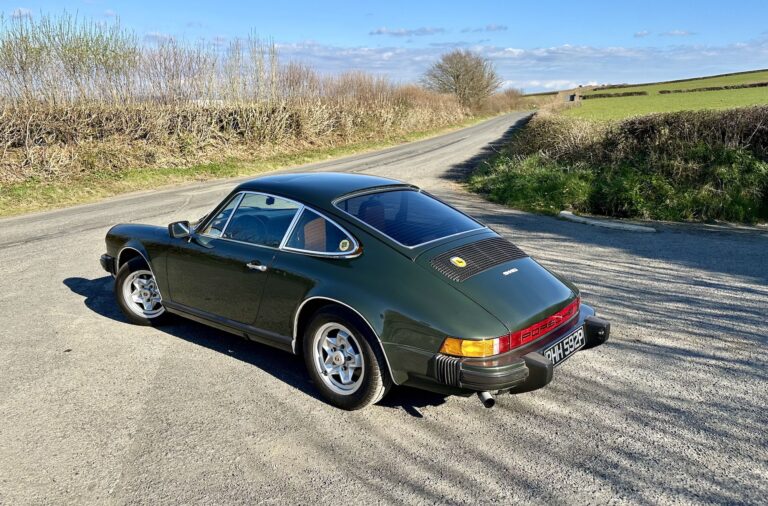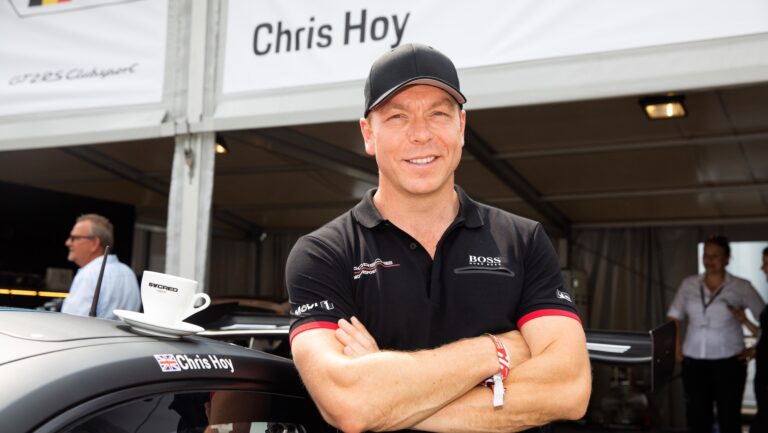Porsche Boxster roof: the common issues
9WERKS' resident expert Chris Wright shows what you need to watch out for with the roofs of 986, 987 and 981 generations of Porsche Boxster
But what began as little more than as a simple rain cover, progressed to a zip out window or foldable hood in the 911, before becoming a revolutionary Z-fold design on the Boxster in 1996.
There is a great deal of historic roof design and manufacturing knowledge within Porsche, who’s subsidiary CTS Fahrzeug-Dachsysteme (CTS Car Top Systems) originally did the Boxster roof, along with the Mercedes SLK and others, before it was sold to Magna International in 2005.
Categories
Beyond that, he reports mainly electronic problems; the micro switch where the roof locks in or the switch by the handbrake, both of which are crucial for correct operation of the hood. “Very rarely I’ve had a relay causing a problem, or roof gearbox,” he reports, pointing out that in the main, they are reliable. Things to watch are the plastic rear window, which can crack in cold weather, and for tension loss around the window itself, which is also an issue on the later 987 Boxster variants. That isn’t exactly a crisis list, considering the age of the cars, and the exposed nature of the part on the vehicle.
chris@wrightune.co.uk
Article written by Alisdair Cusick




















